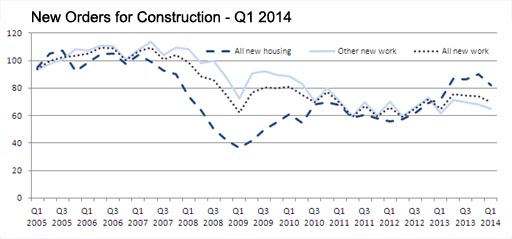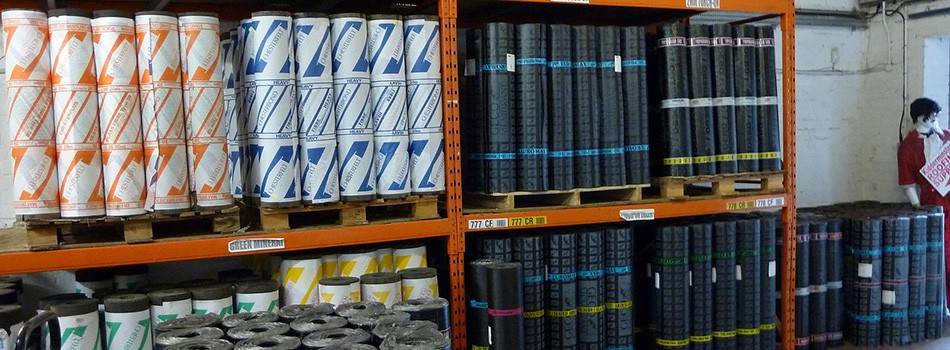Too few properties coming onto the market and more stringent lending conditions appear to be stemming the tide of prospective home buyers, according to the latest RICS Residential Market Survey.
The national supply of new homes coming onto the market dropped for the fifth month running in May and in London, where fears of an overheating market have been expressed, demand for new homes fell for the first time since June 2012.
In the month that saw UK house prices reach record levels and greater lending restrictions begin to impact the market, respondents reported that banks are lending less, with the average Loan to Value (LTV) ratios among first time buyers dropping to 85.3% (from 86% in April).
Meanwhile, respondents’ expectations for house prices over the next 12 months dropped from 3.9% to 3.6% – the lowest since December 2013.
Simon Rubinsohn, RICS Chief Economist, said: “What we are really seeing is some of the very strong upward momentum starting to come off the housing market, as a lack of supply, higher prices, more prudent lending measures and some of the talk from the Bank of England are creating a level of caution among sellers and buyers. The most visible indicators of this are the revised downwards price expectations for the next 12 months and the flatter picture regarding new buyer enquiries. In particular, we’re seeing the London market level off. There is some evidence to suggest that the Mortgage Market Review (MMR) has contributed to a tightening of the funding market, although it is hard to disentangle this from other factors which are now impacting on the sector and to know whether it will simply be a temporary influence as lenders adjust to the new environment.”
Read the full story at: Roofing Today




